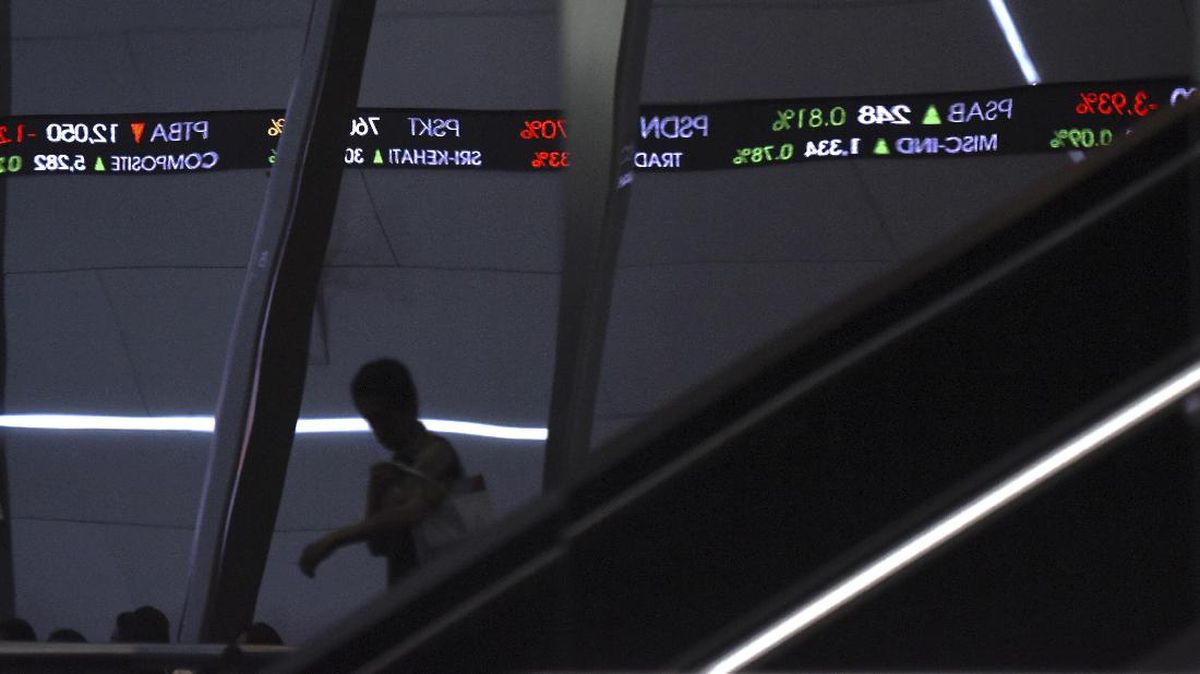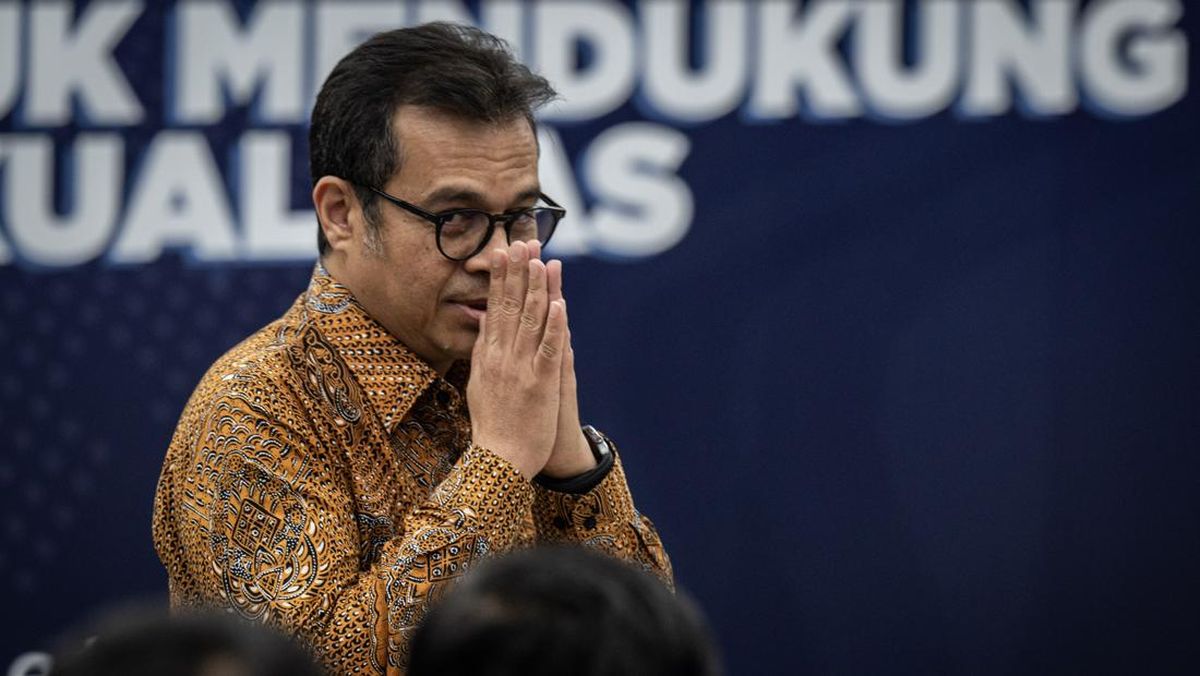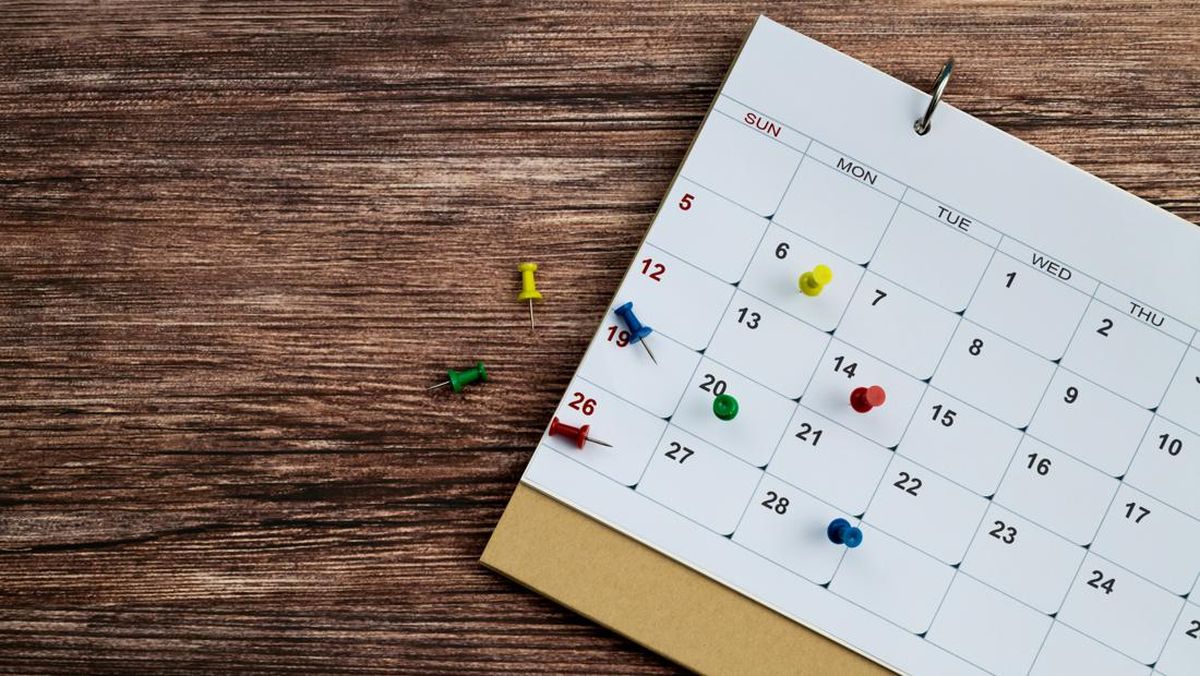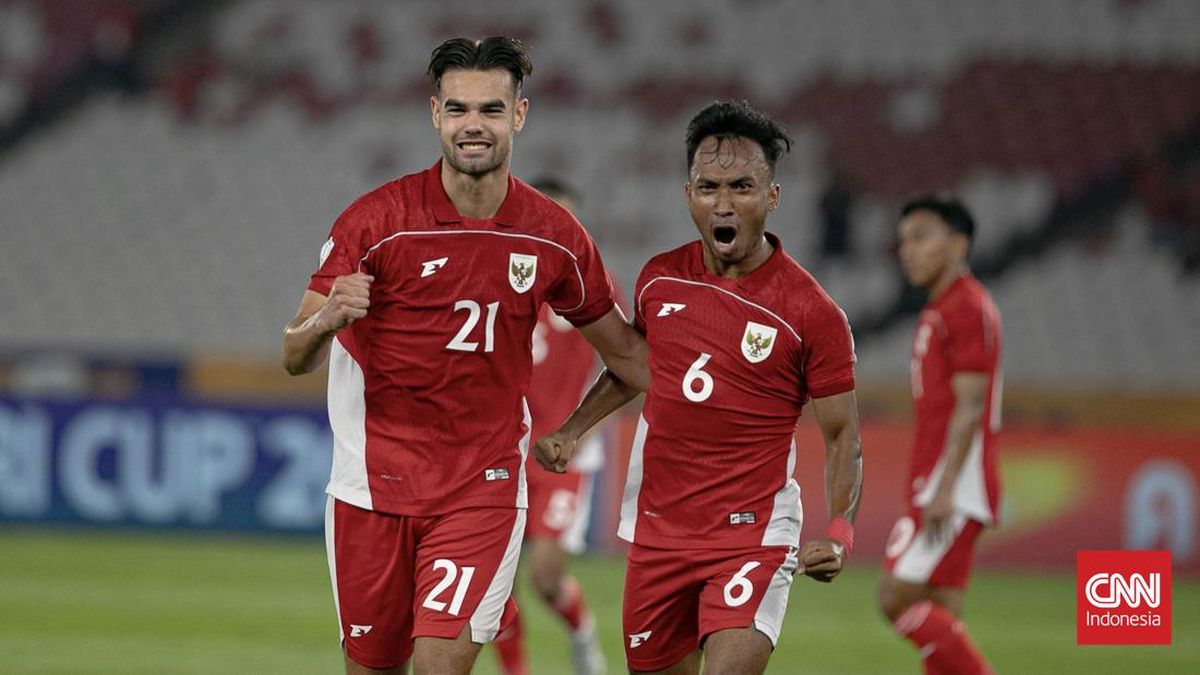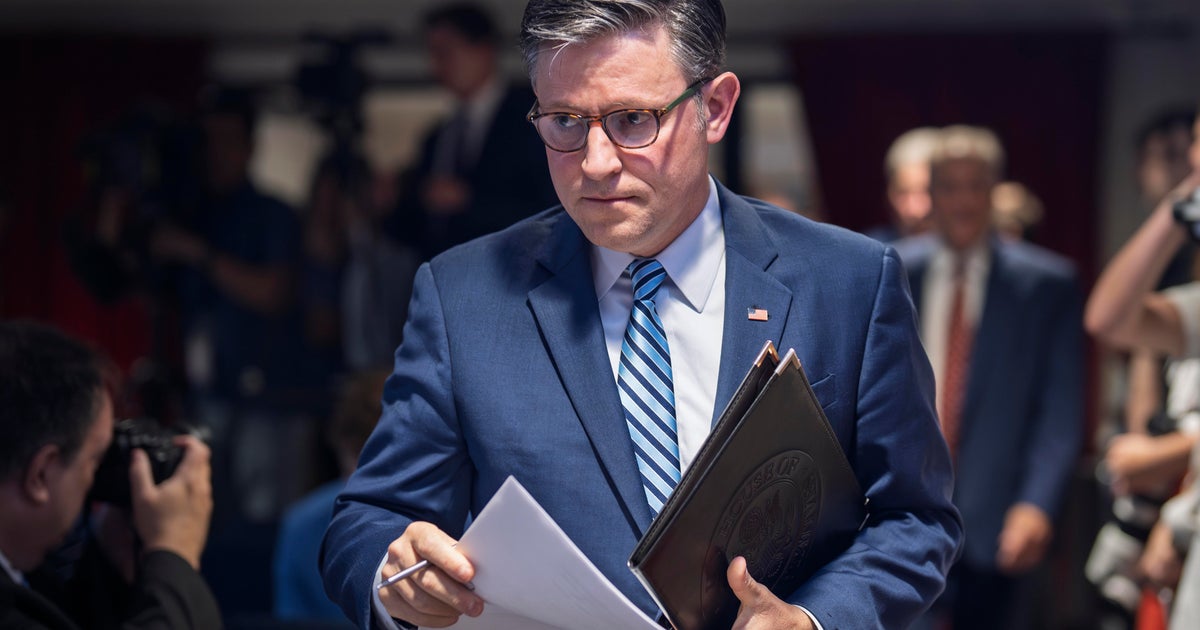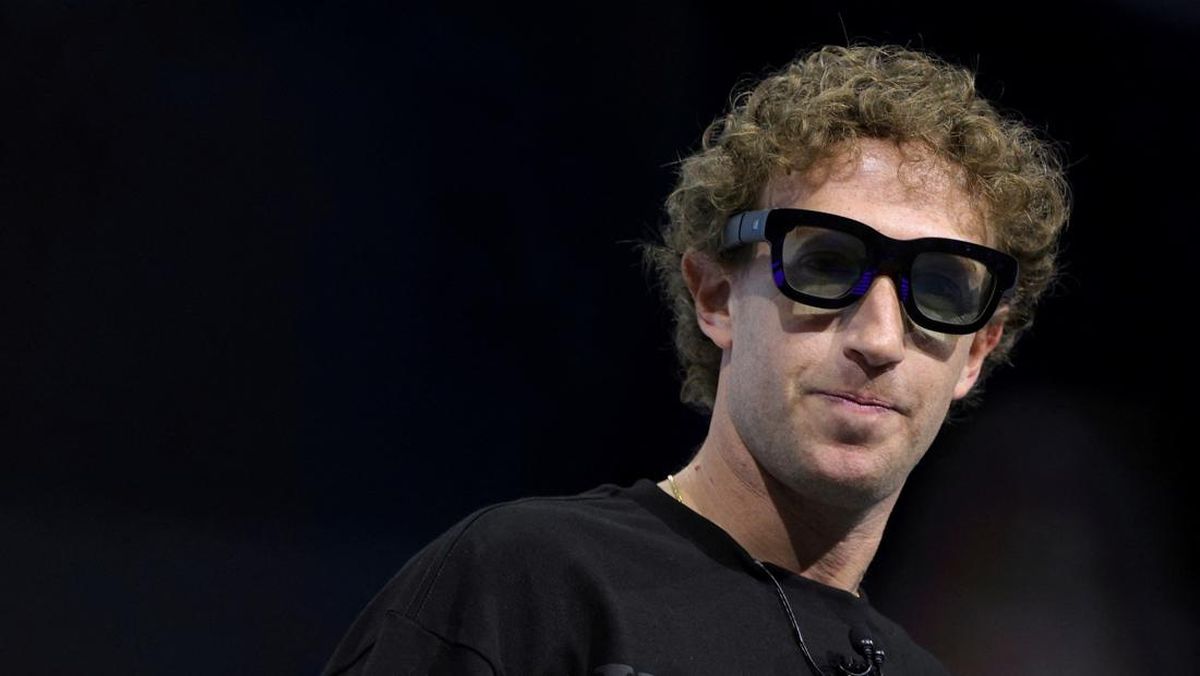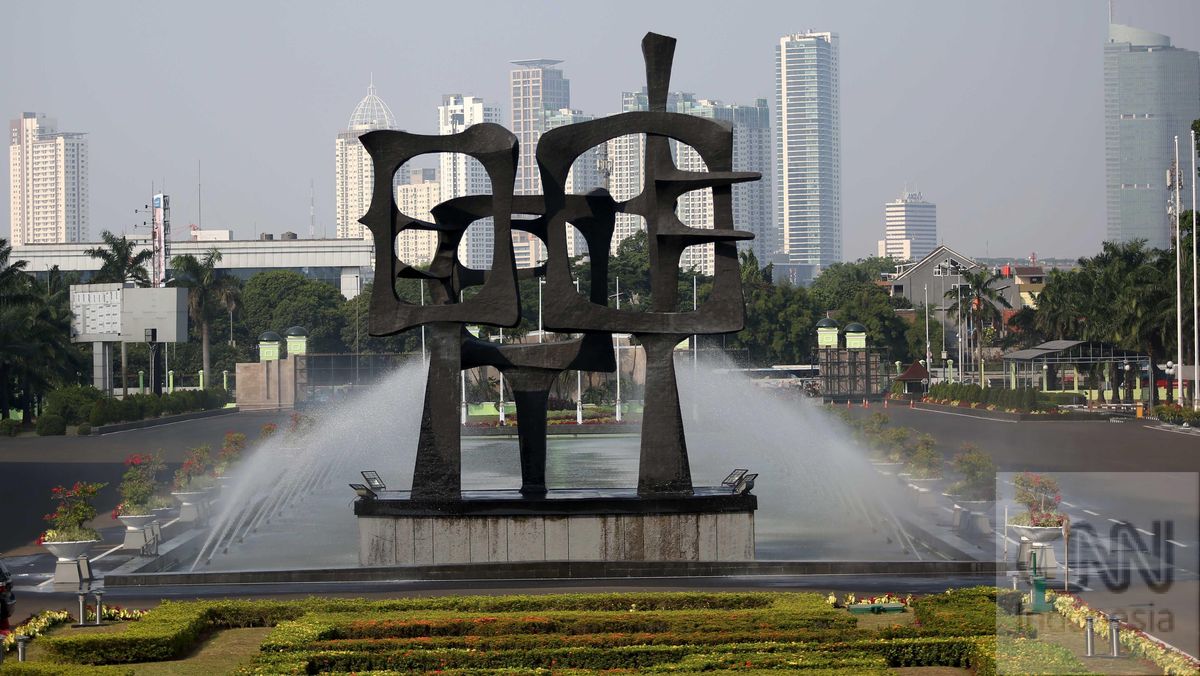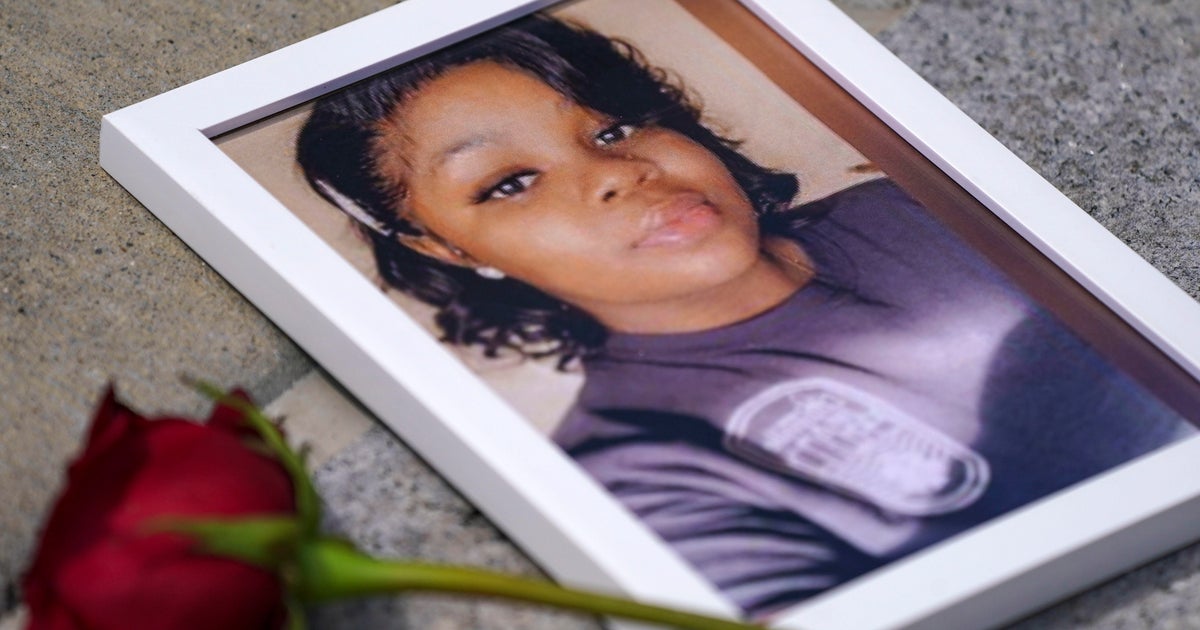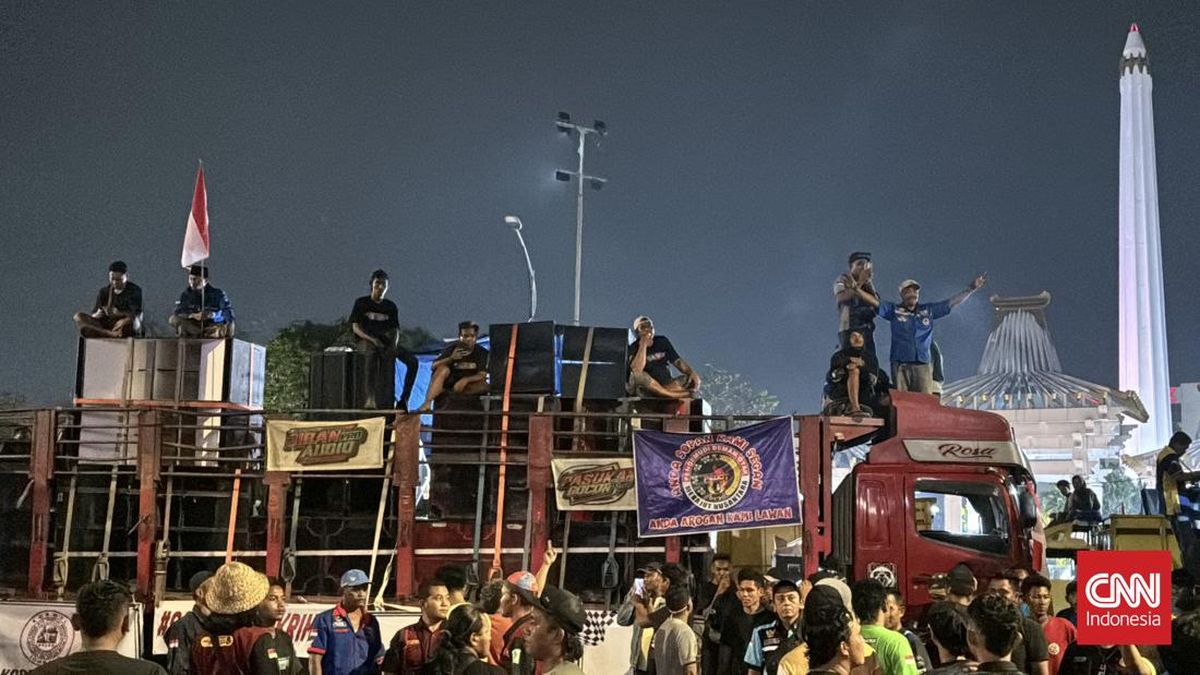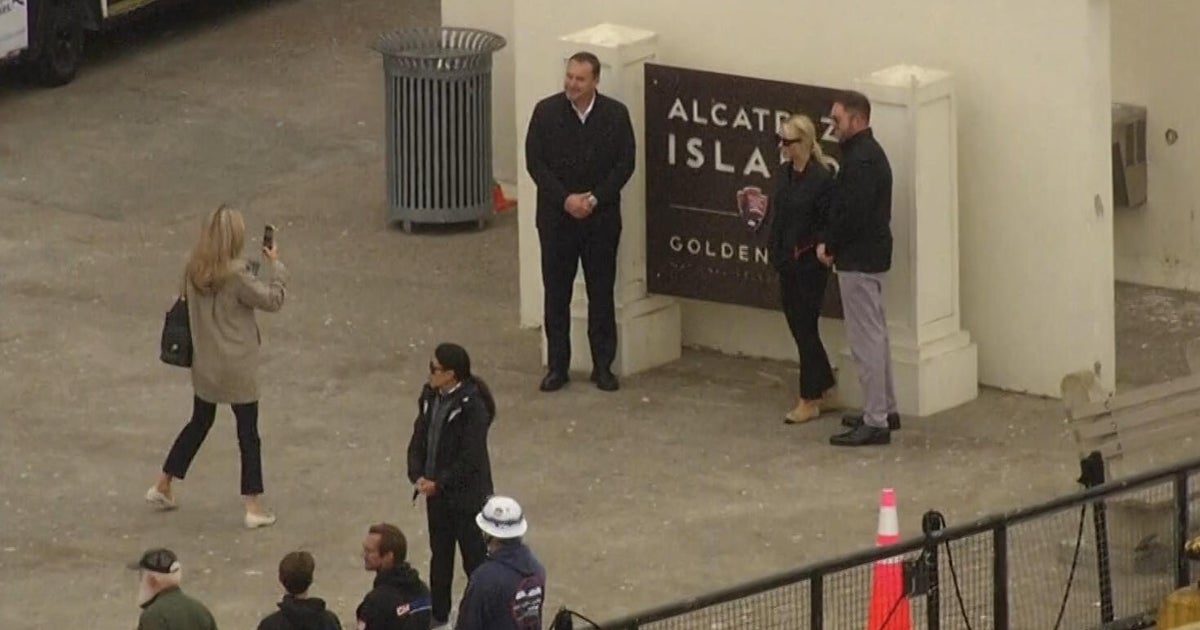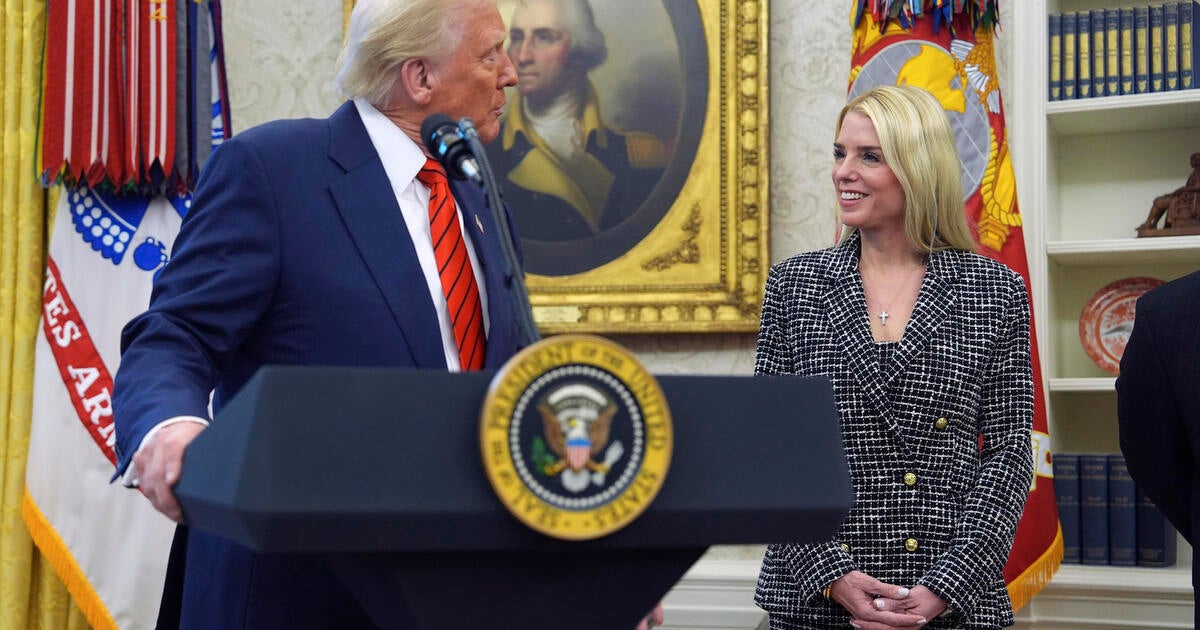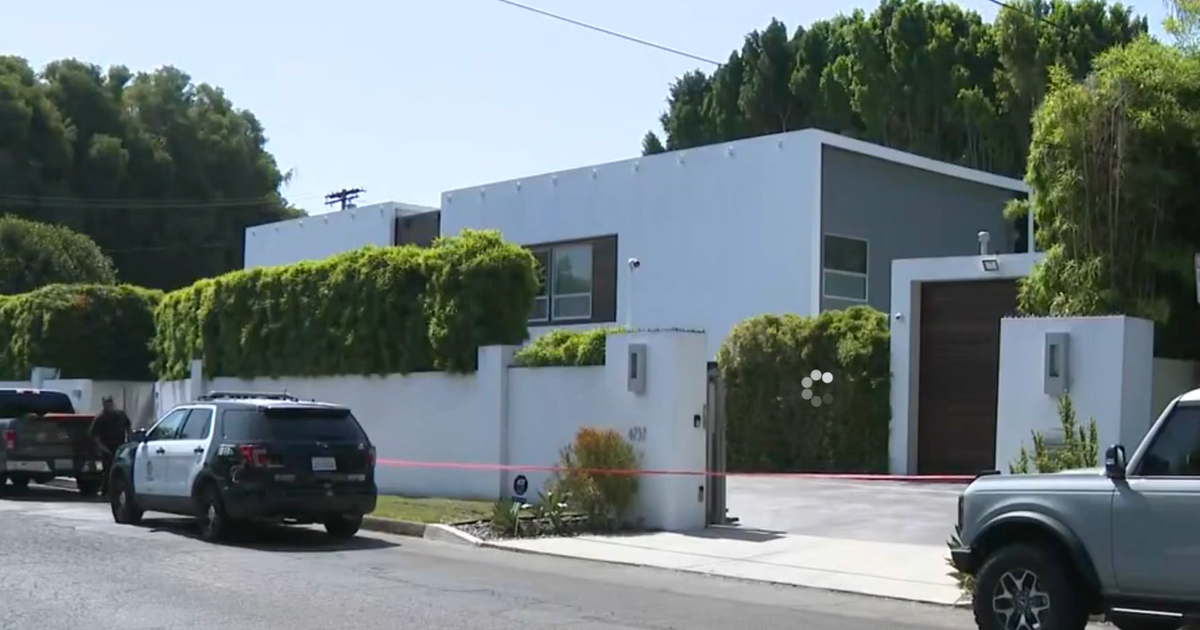Australian and British scientists have revealed the births of eight babies using a cutting-edge and controversial three-person IVF technique.
The births, revealed in a hotly anticipated study in Thursday’s New England Journal of Medicine, mark a significant step forward for artificial reproduction: we can now take fertilised DNA from one egg, place it in an egg from another woman, and bring a child to birth.
The children were born to mothers with mitochondrial DNA mutations – which, if inherited, can leave children disabled or dead. But all eight children had very low or no levels of inherited mutations, and appear healthy and well.
The news was welcomed by the Australian advocates who fought for the procedure to be legalised here in 2022. But they also decried the slow pace of local regulators who, despite receiving millions in funding, are yet to offer a licence to perform the procedure.
Australia’s local trial is being run by Monash IVF, which is under investigation over two bungles in which women received the wrong embryos.
Loading
Mitochondrial donation by pronuclear transfer, to give the procedure its proper name, is a scientific lifeline for families who carry rare genetic disorders in their mitochondrial DNA.
The unusual nature of the mitochondria means they may not know if those disorders will be passed on to their children, or when they will strike.
“It’s like living with a timebomb. They don’t know if or when it will be set off in the children,” said Professor John Carroll, who heads the program to introduce mitochondrial donation to Australia. Some women with the disease try repeatedly and have multiple stillbirths.
Donation is “about the only hope we have for preventing mitochondrial genetic disease”, he said.
Almost all our cells contain oval-shaped mitochondria – some have thousands. Each is a little cellular power station, converting oxygen and nutrients into energy.
They are essential to our lives, but also distinct, with their own complex biology. They live in small bubbles. They reproduce separately. Evolutionarily, they appear to have once been separate organisms before merging and intertwining with more complex life.
And they have their own DNA – which, in rare cases, can become damaged. Without the ability to efficiently generate energy, our cells begin to malfunction; the brain, nerves and muscles are particularly affected, but more than 350 different types of disease have been identified. About one in every 5000 babies has a mitochondrial disease.
People with mitochondrial disease sometimes carry a mix of healthy and damaged mitochondria, at different concentrations in different parts of the body.
In the human egg there are about 300,000 mitochondria. A mother with mito, as the disease is known, may contribute some healthy and some diseased mitochondria.
Some of these will make their way through to the baby, and some will not, in a seemingly random process scientists still do not fully understand.

Monash University’s Professor Mary Herbert was one of the pioneers of the new procedure.Credit: Monash University and the mitoHOPE Program
What it means practically is parents cannot be sure if they will pass the disease on.
“It’s generally a pretty harrowing disease. It can affect children very early on life, or hit later on and cause all sorts of very serious illnesses leading to death. Wanting to avoid it is a very sensible thing,” says Carroll, who is also director of Monash University’s Biomedicine Discovery Institute.
Enter Professor Mary Herbert, a reproductive biologist at Newcastle University in the UK and at Monash University.
Herbert and her team had a bold plan: take fertilised DNA out of an egg with mitochondrial disease and place it in a second egg – fertilised, but with its DNA removed – from a healthy donor.
Since the UK legalised the procedure in 2015, Herbert’s team has taken 22 patients through it, and eight children have been born. All eight are healthy and developing well, the trial team reported.
“This tells us you can do this procedure in a fertilised egg. And you can get viable embryo, pregnancies and live-birth, with levels of [mitochondrial] carry-over that are well below the level for disease,” said Herbert.
Five of the children appear to have no mitochondrial DNA damage at all. In the other three, between 5 and 16 per cent of their mitochondria show irregularities.
It remains unclear why this is. Herbert suspects some damaged mitochondria are transferred over to the new egg and, over time, increase in frequency.
Loading
Professor Jus St John, head of the experimental mitochondrial genetics group at the University of Adelaide, said that uncertainty meant we should not be proceeding with clinical trials before more research is done.
While the levels of damaged mitochondria were below clinical disease thresholds, it was not clear if those same thresholds would apply to children born using the new technology.
“This is a black hole. We don’t know,” he said. “I think a lot more research needs to be done.”
In a separate trial in Greece using a different mitochondrial donation technique, one child ended up with 30 to 60 per cent of mitochondria from his mother, rather than zero. The procedure remains effectively banned in the US as a form of genetic modification of human embryos.
Despite the efforts of local advocates, Australia’s promised mitochondrial donation clinical trial has still not launched.
In 2022, parliament legalised the procedure. A year later, Monash University was handed $15 million to run a pilot program and clinical trial.
But more than two years later, the National Health and Medical Research Council (NHMRC) has still not issued a licence allowing the trial to begin.
“What’s probably been the source of frustration for us is it seems like the regulatory process has been unnecessarily slow,” said Clare Stuart, advocacy and engagement manager at the Mito Foundation, which is also part of the trial.
Professor Herbert, who was recruited by Monash University to lead its local program, said the licensing system was “so complex it is onerous. It is onerous to apply and it is onerous to regulate. I’m hoping it’s just a starting thing.”
A spokeswoman for the NHMRC declined to directly comment on the licensing issue, but said that “this is a complex, multi-stage project with major ethical and scientific ramifications”.
Embryologists at Monash IVF, which is separate to Monash University, have been training on mice eggs to perform the difficult procedure. But the company is now under investigation from Victorian regulators following two bungled embryo implants. The company also agreed to settle a separate class-action involving more than 700 patients.
A Monash IVF spokesman said the company was “proud” to continue the cutting-edge research.
“Monash IVF is proud to be part of this important work, which is subject to strict regulatory oversight, and is being conducted in full compliance with Australian legislation and the required licensing framework,” a spokesman said.
The Examine newsletter explains and analyses science with a rigorous focus on the evidence. Sign up to get it each week.
Most Viewed in National
Loading

